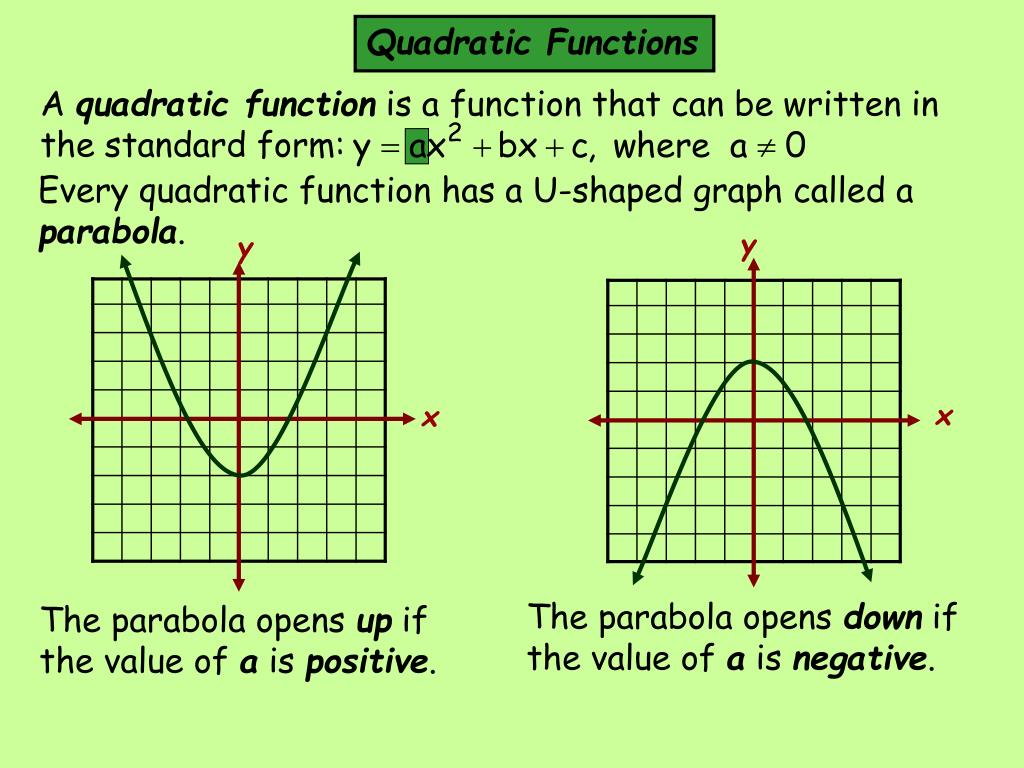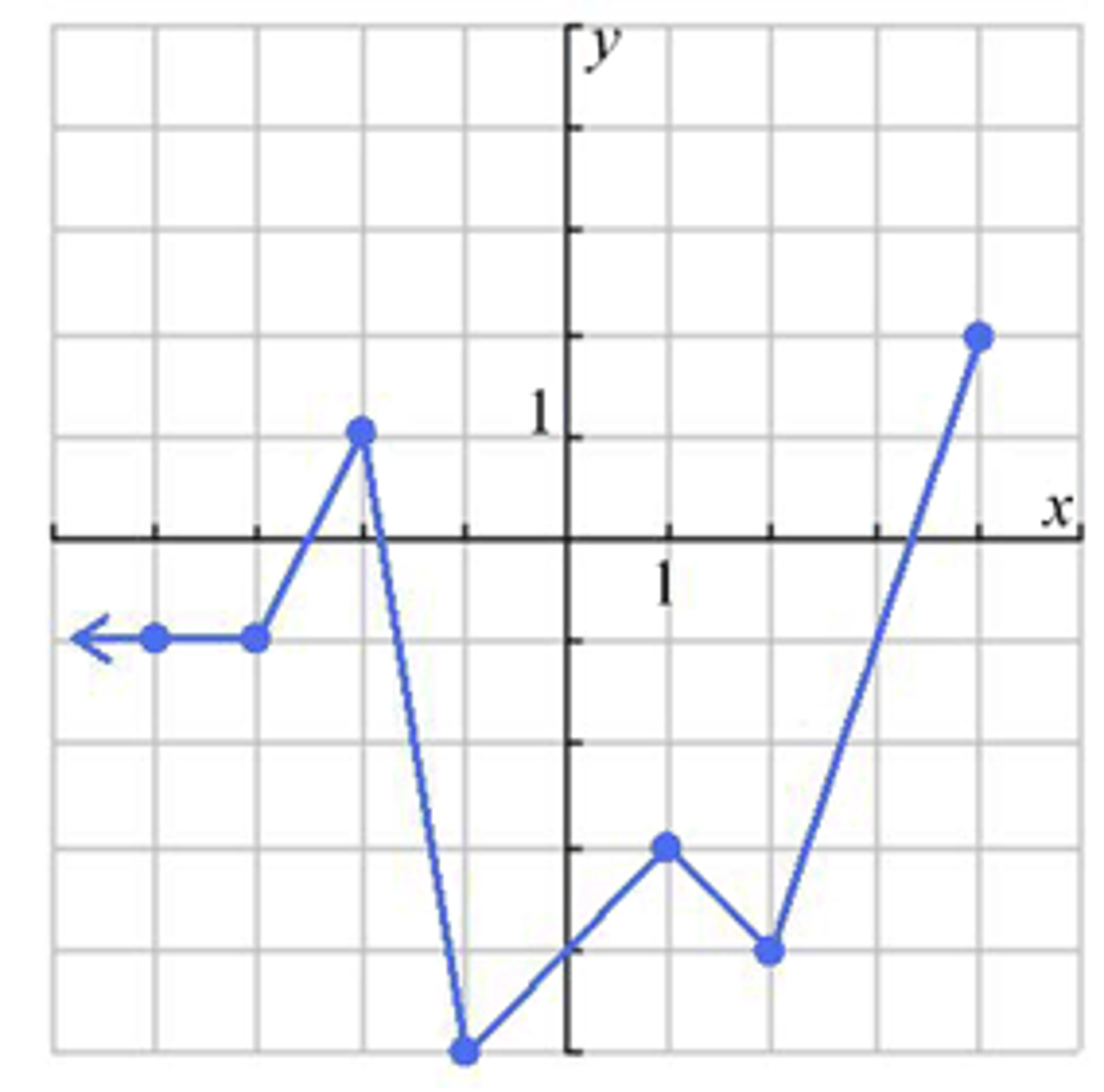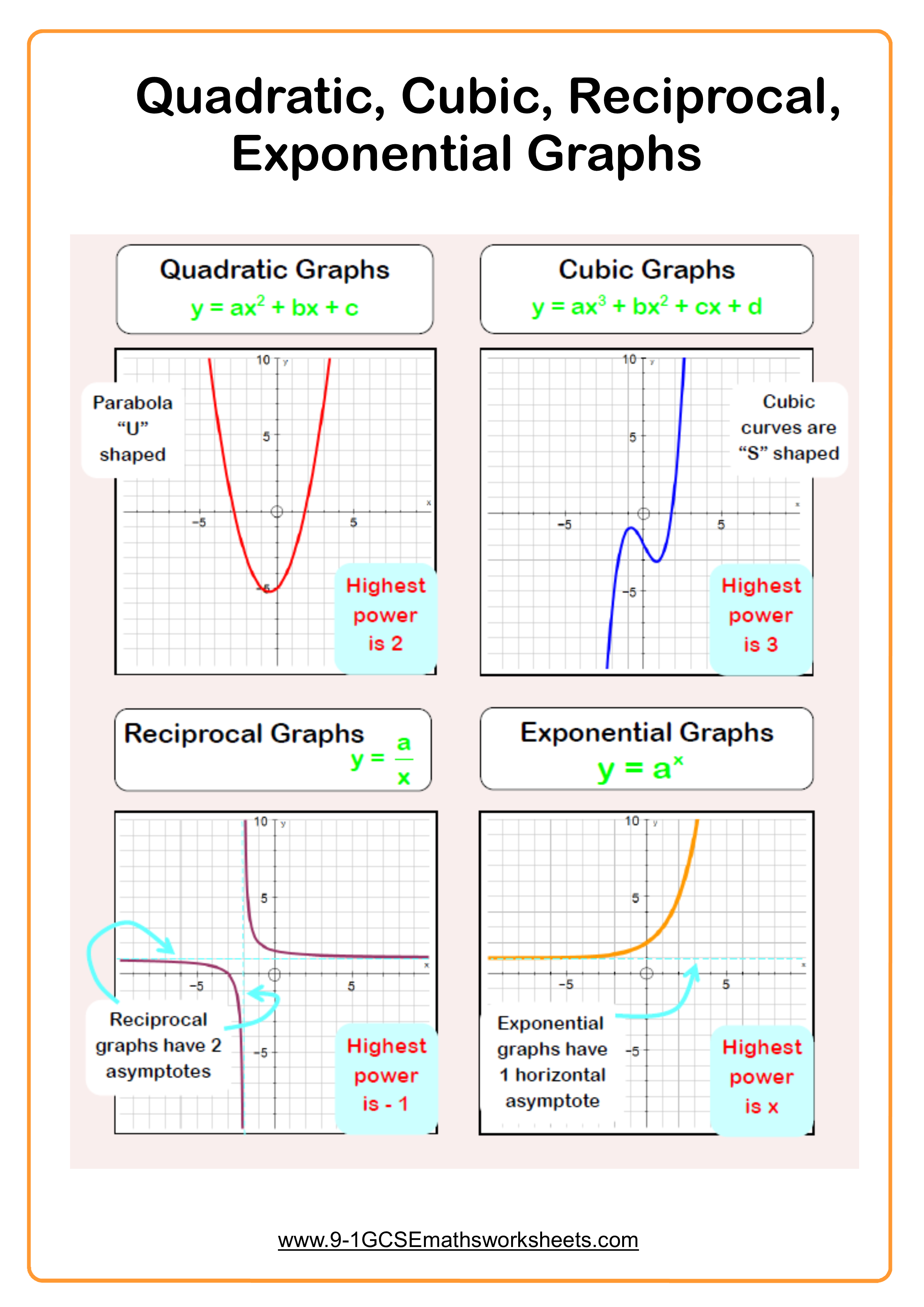

Say, y = α sec (βx - c) - d, the period of the function is still 2π / β, the phase shift/horizontal shift is c/β, and the vertical shift is -d. Note: For the secant function with more terms, apply phase shifting. Secant graphs are always symmetrical about the y-axis. The trig secant graph has no x-intercepts. On the other hand, the minimum values of y = cos (x) are the maximum values of the negative sections of y = sec (x). The maximum values of y = cos (x) are minimum values of y = sec(x). In other resources, it is easy to identify the vertical asymptotes for the secant graph by solving the inequality -π/2 < βx + c < π/2. The vertical asymptotes of y = sec (x) is given by the equation x = π/2 + πn. The x-intercepts of y = cos (x) are the asymptotes for y = sec (x). The vertical asymptotes of y = sec (x) occur at π/2 and repeat every π units. The function y = sec (x) is discontinuous at x = ± / 2. The range of y = sec (x) is equal to (-∞, -1] U [1, ∞). The range of y = sec (x) is all real numbers y, except -1 < y < 1. Since |cos x| 1, which determines the range of the secant function. Hence, the domain contains all elements x ∈ ℝ such that: x ≠ π/2 + nπ satisfies. Since sec (x) is the reciprocal of cos (x), the domain of the secant function is the set of real numbers, except those for which cos (x) = 0. Ordered pairs of the form (x, sec (x)) make up the secant function. In other words, the domain of the secant function excludes π/2 + kn, where k is applicable for all integers. The domain of y = sec (x) is all real numbers x, except x = ± / 2. However, still, the graph goes on forever in the vertical direction. It means that one should multiply all points of the vertical axis (y-coordinates) in the graph by the value of α.

However, for some cases, given the equation y = α sec (βx - c) - d, the secant graph will have an amplitude of |α|. The secant graphs go on unending or infinite in vertical directions. Secant functions have no defined amplitude. The period is the absolute value of |2π / β|. Hence, the amplitude is insignificant for these functions. Near those values of x for which each function is insignificant, the values of the trigonometric functions are unbounded. For secant functions, say y = sec (x), the values for which the function is not defined are x = ± / 2 and the asymptotes are at x = ± / 2. It is discontinuous at values for x, for which its reciprocal is zero. The cosine function has a period of 2π, so the secant function has a period of 2π. As the fractions in the cosine function get smaller or closer to zero, their reciprocals in the secant function get broader and longer in the opposite direction.Ī secant function has the same period as its reciprocal.

It is a trigonometric function with a more extensive graph in the negative direction rather than a smaller one. Secant is an even function that serves as the reciprocal of the cosine function. He loves to write about mathematics and civil engineering. Ray is a licensed engineer in the Philippines.


 0 kommentar(er)
0 kommentar(er)
